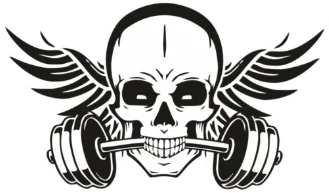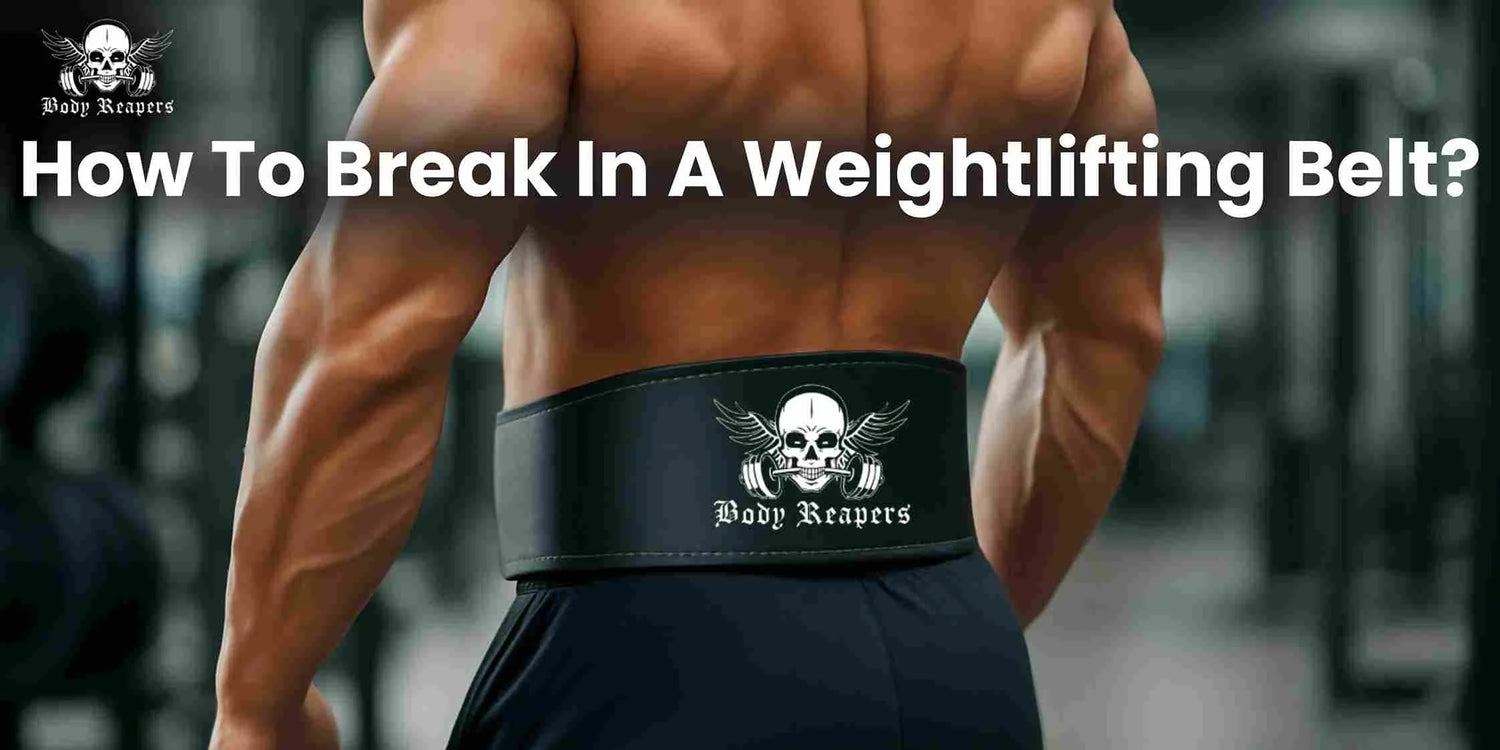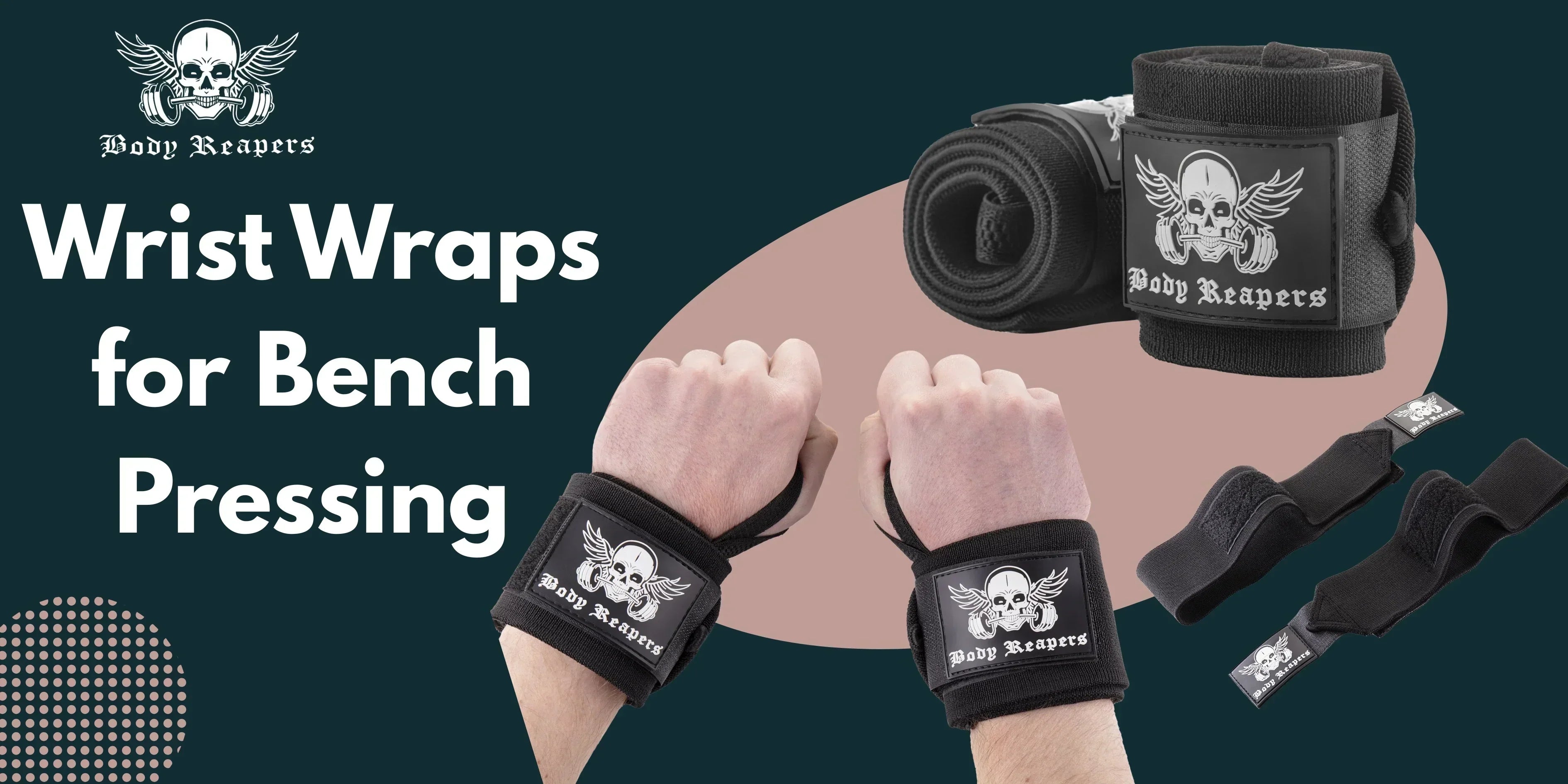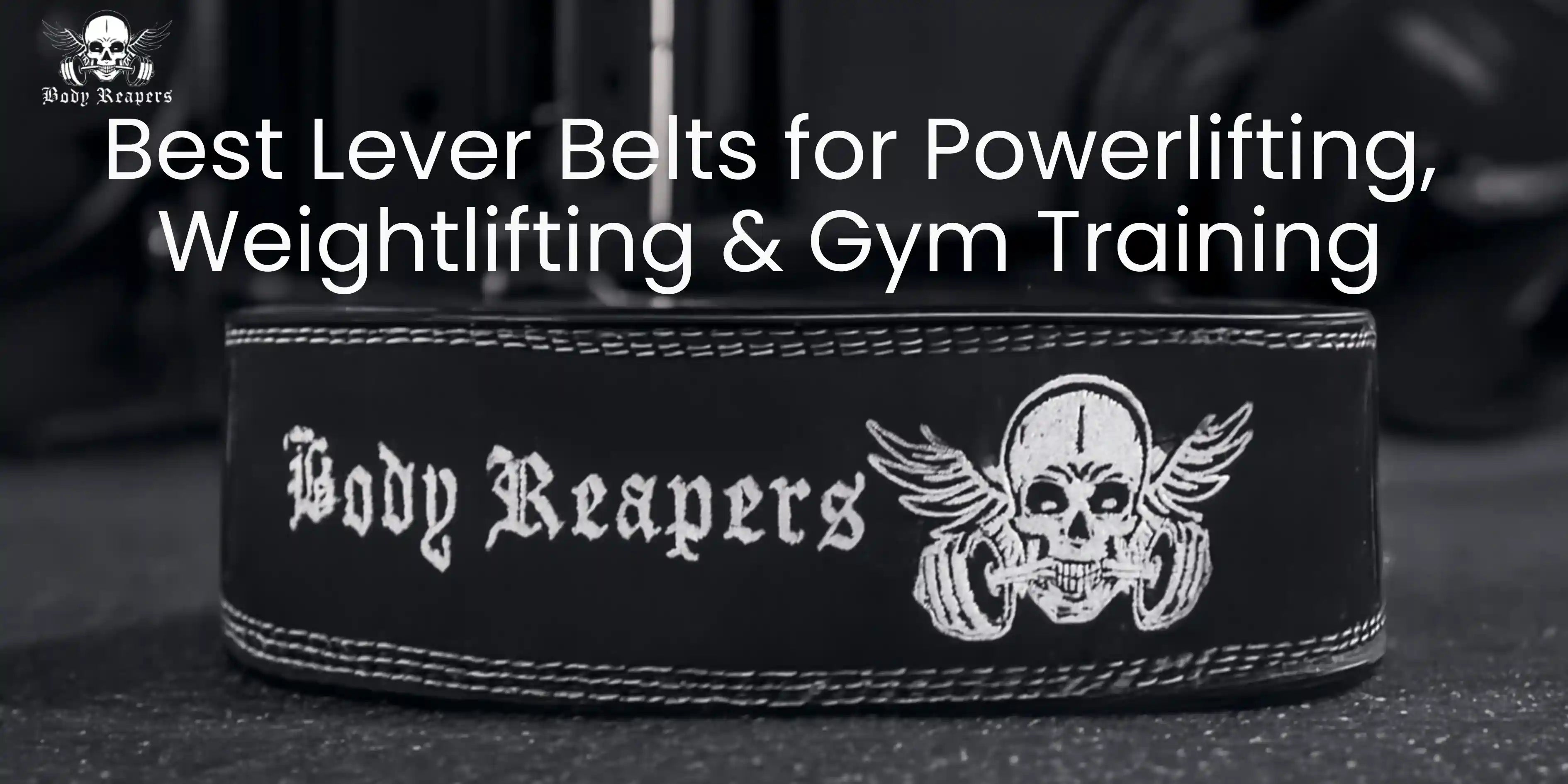When you invest in a weightlifting belt, you're setting yourself up for better support, safety, and performance in your lifts. However, whether you have a nylon or leather belt, it's essential to understand that not all belts are ready to go the moment you take them out of the box. Some belts, especially those made of leather, require a proper break-in period to ensure they fit comfortably and effectively.
In this guide, we'll cover everything you need to know about breaking in your weightlifting belt, from understanding which types of belts require a break-in period to providing step-by-step tips to speed up the process. With the proper techniques, you can have your lifting belt ready in no time at all.
Do You Need to Break in a Weightlifting Belt?
While some lifters may think that every weightlifting belt requires an extensive break-in period, the truth is that it depends on the material and thickness of the belt.
Nylon Belts: Nylon belts generally do not require a break-in period. They are flexible from the start and provide solid support right out of the box, making them an excellent option for CrossFit athletes and recreational lifters.
Leather Belts: Thicker leather belts (13mm) require a more extended break-in period due to their rigidity, but they provide superior durability and support for those lifting heavy loads or training for powerlifting.
While you don't necessarily need to worry about the break-in time when choosing a nylon belt, it's essential to understand that leather belts, especially thick ones, will need time to soften and conform to your body's shape.
Which Types of Weightlifting Belts Require a Break-In Period?
Not all weightlifting belts are created equal, and each type has its break-in timeline.
1-Leather Belts
Leather is a durable material, but it's not the most pliable. All leather belts, including those made from genuine leather, will require a break-in period. The thicker the leather, the longer it will take to break in.
PU Leather (Synthetic Leather): These belts are less expensive and require the shortest break-in time (typically 2-3 weeks), but they offer less support and longevity compared to genuine leather belts.
Genuine Leather: Made from animal hides, genuine leather belts take 4-6 weeks to break in, but they offer the best support and will last longer. Most professional lifters prefer genuine leather belts due to their exceptional durability.
13mm Leather Belts: These ultra-thick belts, often used by competitive athletes, can take up to 3 months to break in thoroughly.
2- Nylon Belts

These belts are ideal for CrossFit or light to medium training. They don't require any break-in period and are ready to use right out of the box.
3- Thinner Leather Belts (7mm-10mm)
These belts require minimal break-in time (2-6 weeks). They offer more flexibility than thicker leather belts while still providing the support you need for heavier lifts.
The Science Behind Leather Break-In Periods
Leather adapts through three phases:
1- Initial Resistance (Weeks 1-2)
- Fibers are rigid and uncompromising
- Expect discomfort during flexion movements
2- Molecular Relaxation (Weeks 3-6)
- Collagen fibres begin separating
- Noticeable increase in pliability
3-Body Memory Formation (Month 2+)
- The belt develops torso-specific curvature
- Achieves the ideal balance of support/flexibility
Pro Insight: Higher-quality leather takes longer but provides superior long-term performance.
How Long Does It Take to Break In a Lifting Belt?
Belt Type Break-In Time
Nylon Belt 0 days (ready immediately)
PU Leather (7mm) 2-3 weeks
Genuine Leather (10mm) 4-6 weeks
Heavy-Duty Leather (13mm) 3-6 months
Factors that affect break-in time:
- Material (genuine leather takes longer than synthetic)
- Thickness (thicker = longer)
- Frequency of use (more wear = faster break-in)
4 Steps to Break in Your Weightlifting Belt Faster
Breaking in a weightlifting belt doesn't have to take months if you follow these scientifically-backed steps:
Step 1: Roll it Up and Store It in Your Gym Bag

By rolling the belt up, you allow the leather fibres to loosen slightly over time, allowing the belt to conform to your body more easily. The pressure of being rolled helps break down the stiffness, making it more pliable.
Why it Works: Rolling the belt helps to apply pressure in a way that mimics the way your body will compress it during use, allowing it to loosen up and conform to your body's shape.
Step 2: Warm the Belt
Leather responds to warmth by becoming more flexible. Applying low heat to the belt helps to accelerate the softening of the fibres.
How to Do It: You can use a hairdryer on a low setting to gently warm the belt, or you can leave it in the shade on a warm day (avoid direct sunlight). Never expose the belt to excessive heat, as it can dry out the leather or cause it to shrink.
Scientific Reasoning: Heat activates the leather's natural oils, making the fibres more pliable. This is similar to how a baseball glove softens over time with use and light heat.
Step 3: Wear It Regularly
Wearing the belt frequently, even during warm-ups, will help break it in faster. The friction of the belt against your body during lifts helps to soften and mold it
Why it Works: As you wear the belt, the natural oils from your body help soften the leather, and the pressure from your movements causes the fibres to become more flexible and conform to your shape.
Step 4: Work the Belt by Hand
Working the leather by hand, including bending, folding, or rolling it, helps relax the fibres, making them more pliable.
Why it Works: Leather is a natural material that responds to both pressure and manipulation. Gently working the belt with your hands simulates the pressure the belt will experience while worn, helping it break in more quickly.
Also Read: Lever vs. Prong Lifting Belt: Which One Gives You Better Lifting Power?
Leather vs Nylon Lifting Belts: Which One Is Right for You?
What Does a Properly Broken-In Belt Feel Like?
Once your belt is properly broken in, you'll notice the following:
Before Break-In: Leather belts will feel stiff and may cause discomfort, especially around the hips. This stiffness can also lead to bruising as the leather digs into your skin during exercises like squats or deadlifts.
After the break-in period, the belt will feel more pliable and comfortable, moulded to the unique shape of your body. The leather will no longer dig into your hips, and the belt will provide snug, supportive pressure without discomfort.
What to Do If Your Belt Still Isn't Comfortable
If your belt isn't as comfortable as you'd like, try the following:
Apply Mink or Olive Oil: Gently apply a small amount of mink oil or olive oil to soften the leather further. Leather is a natural material, and oil helps preserve its suppleness and prevent cracking.
Continue Wearing It: Even if it's uncomfortable at first, continued use will naturally break in the belt and increase comfort over time.
Belts That Don't Require a Break-In Period
Some belts, such as nylon belts, are ready for use as soon as you receive them. They don't require a break-in period because of the flexibility of the material. Here are some of the best options that require minimal to no break-in time:
Quick Locking Nylon Belt: Ideal for CrossFit and dynamic movements, it offers immediate comfort.
7mm Tapered Weightlifting Belt: A thinner leather belt that requires only a couple of uses to feel comfortable.
Belts That Require Maximum Break-In Time
13mm Leather Belts are designed for maximum rigidity and support, ideal for powerlifters and those lifting heavy weights. However, they take the longest to break in and may still feel stiff even after months of use. Here's an example
13mm Lever Leather Belt: A high-support belt that will take several months to break in but will provide the utmost support once it does.
Conclusion: How to Get the Most Out of Your Weightlifting Belt
A properly broken-in weightlifting belt will not only offer you comfort but also enhance your performance by providing crucial support during heavy lifts. The key to a great fit is time, consistency, and following the proper steps to break in your belt.
Please note that the break-in period may vary depending on the material and thickness of your belt. Leather belts, especially thicker ones, may take a few weeks to months to break in fully, but once they do, they'll offer unparalleled durability and support.
Whether you're using a synthetic PU leather belt or a heavy-duty 13mm leather belt, patience and proper care are key to making the process go smoothly.





Leave a comment
This site is protected by hCaptcha and the hCaptcha Privacy Policy and Terms of Service apply.